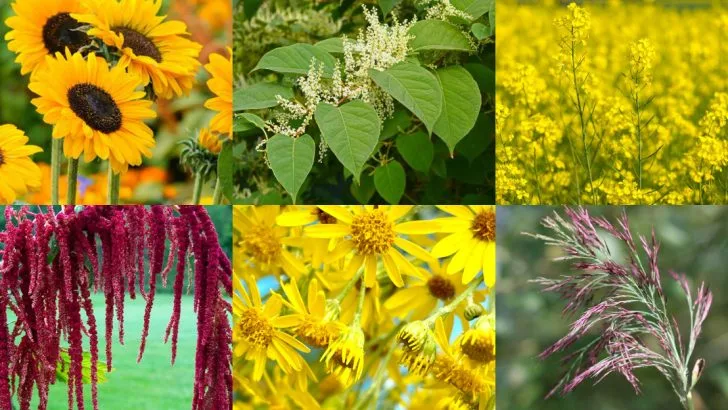Some shrubs don’t just bloom—they clean up radiation. Yes, you read that right. While they’re busy flaunting petals and brightening borders, these power plants are also pulling radioactive isotopes straight out of the soil. They’re the unsung heroes of the garden world— pretty on the outside, fierce on the inside. Give them a contaminated patch, and they’ll get to work like it’s their full-time job. No hazmat suit required. From sun-loving showstoppers to low-key bloomers, these 20 flowering shrubs do double duty: beauty and bio-cleaning. Curious which ones are quietly saving the planet one root at a time? Let’s meet the flowers that don’t just survive—they purify.
Sunflower Helianthus

The sunflower, known for its towering presence and bright yellow blooms, is more than just a pretty face. It has a unique ability to absorb radioactive isotopes such as uranium and cesium, making it a vital player in phytoremediation. With its cheerful demeanor, this plant brings hope to contaminated lands. Its broad leaves and tall stalks create a striking silhouette against the sky. Perfect for gardeners looking to aid the environment, sunflowers provide both beauty and purpose. Plant them in your garden and watch them work their magic, transforming your space while purifying the earth.
Japanese Knotweed
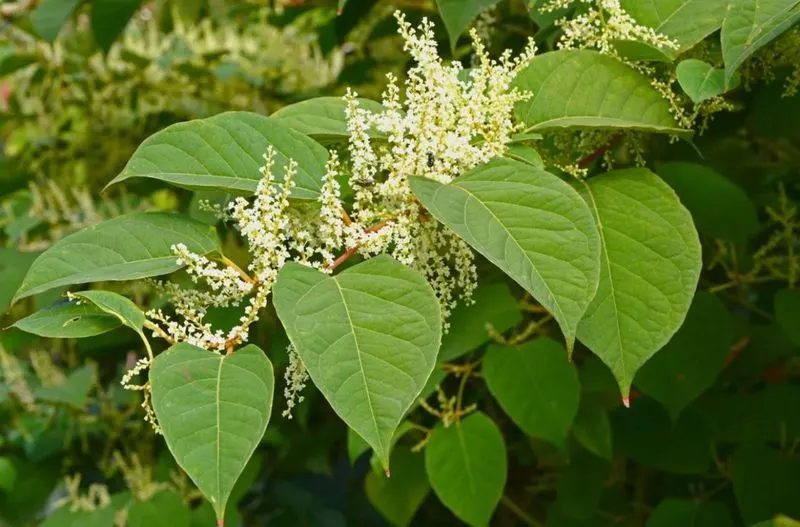
Japanese Knotweed, often deemed a nuisance, possesses a hidden strength. This resilient shrub can absorb heavy metals and radioactive isotopes from soil, making it a surprisingly beneficial plant in contaminated areas. Its bamboo-like stems and heart-shaped leaves create dense foliage, providing a lush green backdrop. While managing its spread is crucial, its ability to clean the environment is undeniable. Its white flowers add an elegant touch to its robust nature. Ideal for areas needing purification, this plant showcases nature’s adaptability and strength, proving that even the most stubborn plants can serve a greater purpose.
Indian Mustard
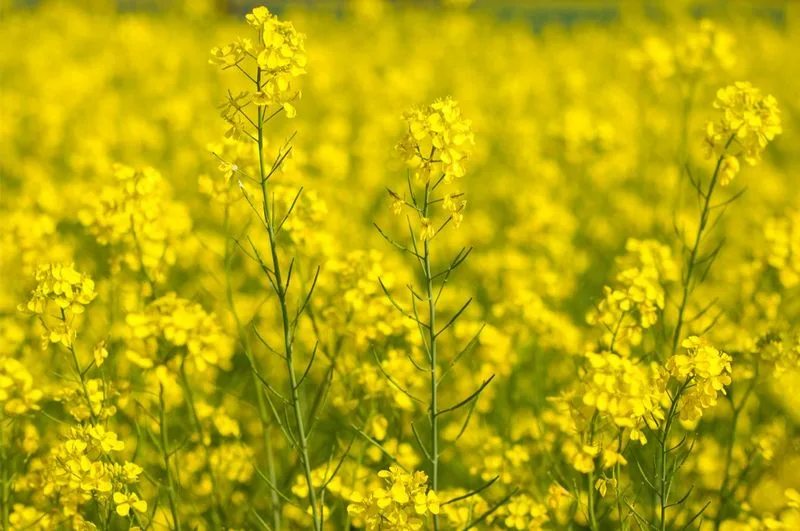
Indian Mustard, with its vibrant yellow flowers, offers more than culinary delight. This unassuming plant is a powerhouse in absorbing lead and radioactive isotopes from the soil. Its resilience in various climates makes it a versatile ally in phytoremediation efforts. The bright blossoms and rich green leaves stand out in any garden. Perfect for urban gardening projects, this plant not only beautifies spaces but also actively cleanses them. Embrace the dual benefits of Indian Mustard for a garden that’s as functional as it is beautiful, providing both visual appeal and environmental protection.
Amaranthus
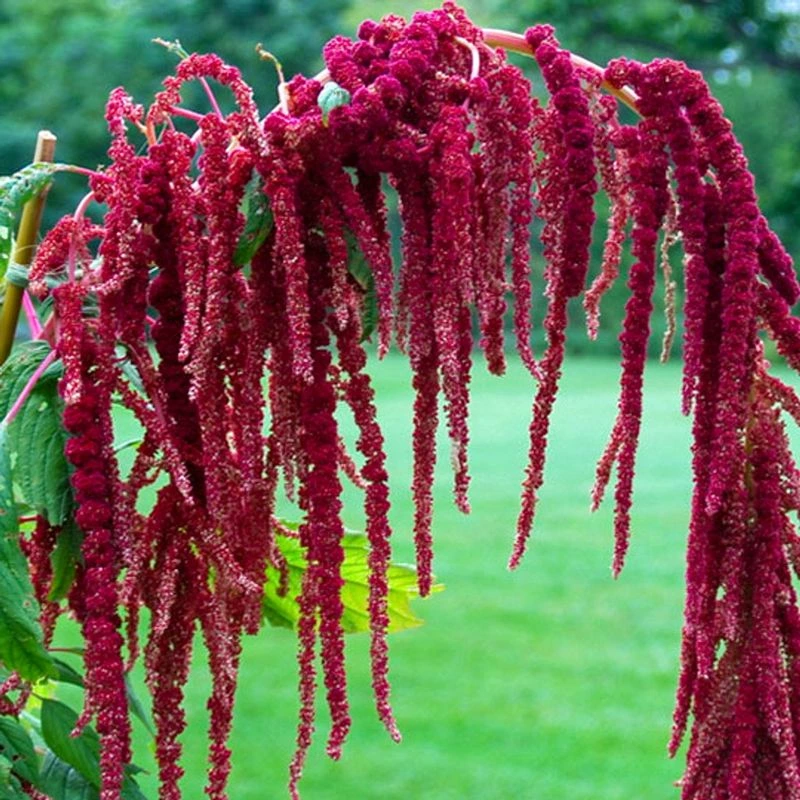
Amaranthus is a striking plant with its vibrant red and green foliage, making it a favorite among gardeners. Beyond its beauty, it plays a crucial role in absorbing heavy metals and radioactive isotopes from the soil. Its showy appearance and adaptability to various environments mark it as an essential plant for eco-friendly gardens. The plant’s cascading leaves create a dramatic visual effect, captivating the onlooker. Perfect for those seeking a bold statement in their landscaping, Amaranthus provides both aesthetic pleasure and environmental benefits, proving that gardens can be both colorful and conscientious.
Ragwort Jacobaea

Ragwort, often recognized for its toxic properties to livestock, offers an unexpected environmental benefit. This plant has the ability to absorb heavy metals and radioactive isotopes, serving as a natural purifier. Its bright yellow flowers stand out in a meadow, offering a vivid contrast to surrounding greens. Despite its controversial nature, Ragwort’s role in phytoremediation highlights the complexity and usefulness of native plants. Suitable for wild gardens or naturalized areas, this plant adds both color and ecological value, turning potential hazards into environmental helpers with its golden blooms.
Common Reed Phragmites

The Common Reed, with its tall, elegant stalks, is more than just a wetland plant. It excels at absorbing heavy metals and radioactive isotopes, playing a critical role in cleaning contaminated waters and soils. Its feathery plumes sway gracefully in the breeze, creating a serene landscape. Ideal for water gardens and natural filtration systems, the Common Reed marries elegance with ecological function. Its presence in wetland areas signifies a healthy, thriving ecosystem, demonstrating nature’s capacity for restoration and balance. Embrace the Common Reed for a garden that benefits both the eye and the environment.
Bamboo
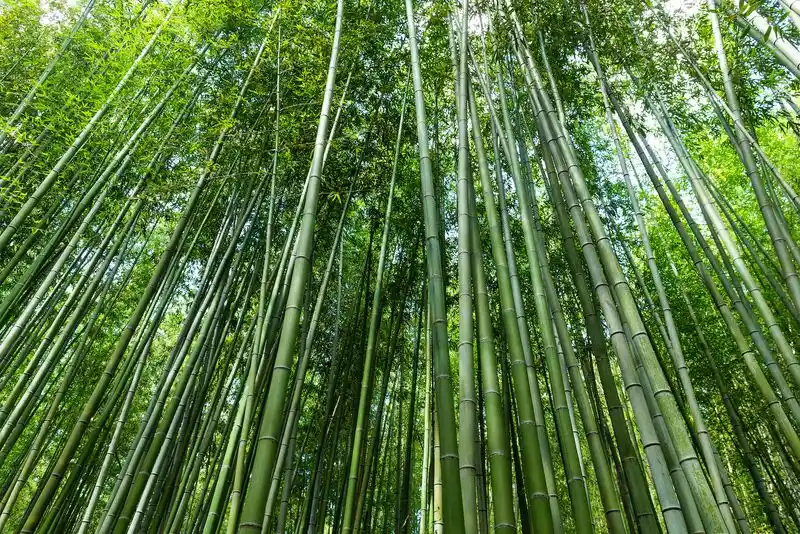
Bamboo, with its rapid growth and towering stalks, is a symbol of strength and flexibility. This plant is not only a sustainable resource but also an effective absorbent of heavy metals and radioactive isotopes. Its lush greenery and unique structure make it a popular choice for eco-friendly landscaping. Bamboo gardens provide a tranquil retreat while contributing to soil and air purification. The gentle rustling of its leaves in the wind adds a calming ambiance. For those looking to create a green oasis with ecological benefits, bamboo is a versatile and attractive option.
Mullein
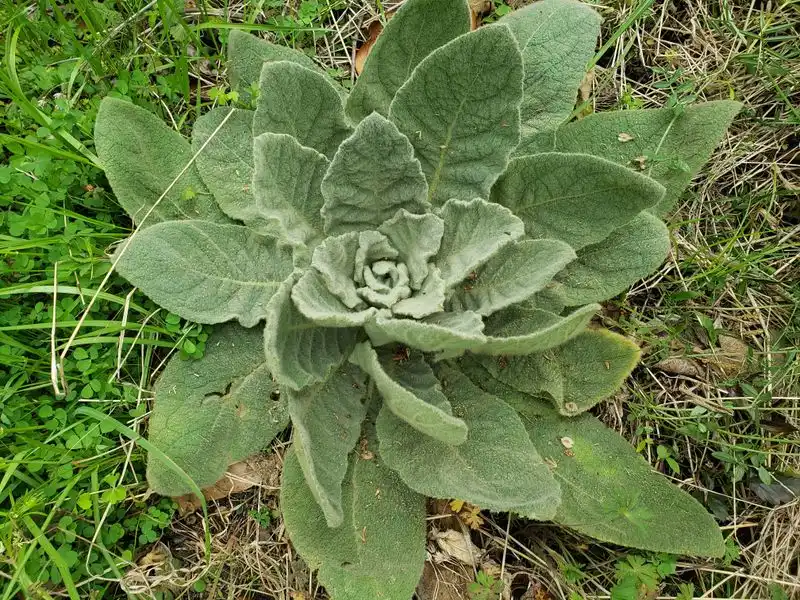
Mullein, with its tall spikes of yellow flowers and velvety leaves, is a plant of many uses. Known for its medicinal properties, it also plays a role in absorbing heavy metals and radioactive isotopes from the soil. Its towering presence in a garden adds vertical interest, while its soft leaves invite touch. Ideal for wildflower gardens or naturalized areas, Mullein offers both beauty and ecological functions. Its ability to thrive in poor soils makes it an asset in reclamation projects, turning barren landscapes into lush, green environments with its golden blooms.
Russian Sage
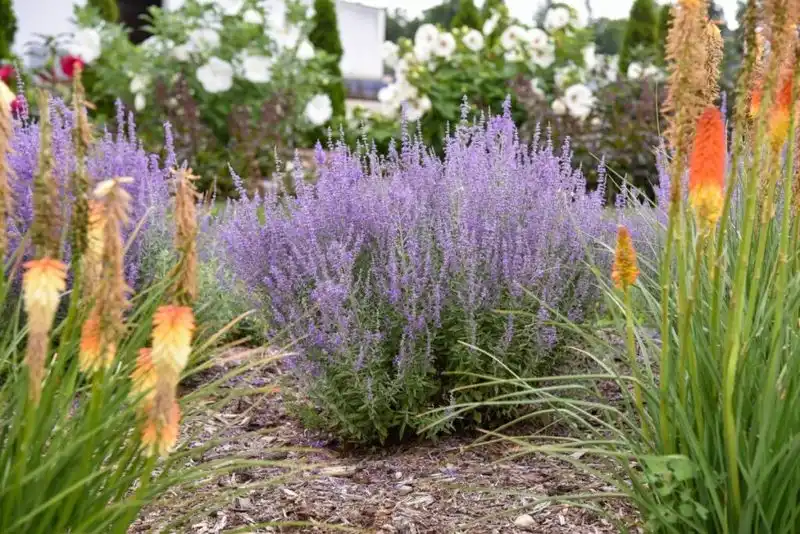
Russian Sage, with its silvery leaves and lavender-blue flowers, brings a touch of elegance to any landscape. Beyond its visual appeal, it absorbs heavy metals and radioactive isotopes from the soil, proving to be a powerful ally in phytoremediation. Its aromatic foliage and drought tolerance make it a favorite for xeriscaping. The soft, airy appearance of Russian Sage creates a calming effect in gardens. Perfect for dry, rocky areas, this plant offers a blend of beauty and environmental benefit, making it a wise choice for sustainable gardening enthusiasts seeking both form and function.
Willow Salix

Willows, with their graceful, drooping branches, are well-known for their ability to absorb water and stabilize soil. They also absorb heavy metals and radioactive isotopes, proving to be invaluable in phytoremediation efforts. The gentle sway of willow branches by a pond creates a picturesque scene, evoking tranquility. Ideal for areas needing soil stabilization and purification, willows provide both aesthetic and environmental benefits. Whether lining a riverbank or gracing a backyard garden, willows offer a touch of elegance and ecological function, making them a perfect choice for sustainable landscapes.
Butterfly Bush

The butterfly bush is not just a magnet for fluttering friends; it’s also a champion in absorbing radioactive isotopes from the soil. With its elongated flower clusters in shades of purple, pink, and white, this shrub adds a splash of color to any space.
Beloved by butterflies and gardeners alike, the butterfly bush is known for its resilience and ease of care. It thrives in sunny locations and requires minimal upkeep, making it a favorite choice.
By planting a butterfly bush, you can create a haven for pollinators while contributing to soil health, combining beauty with ecological responsibility.
Mock Orange
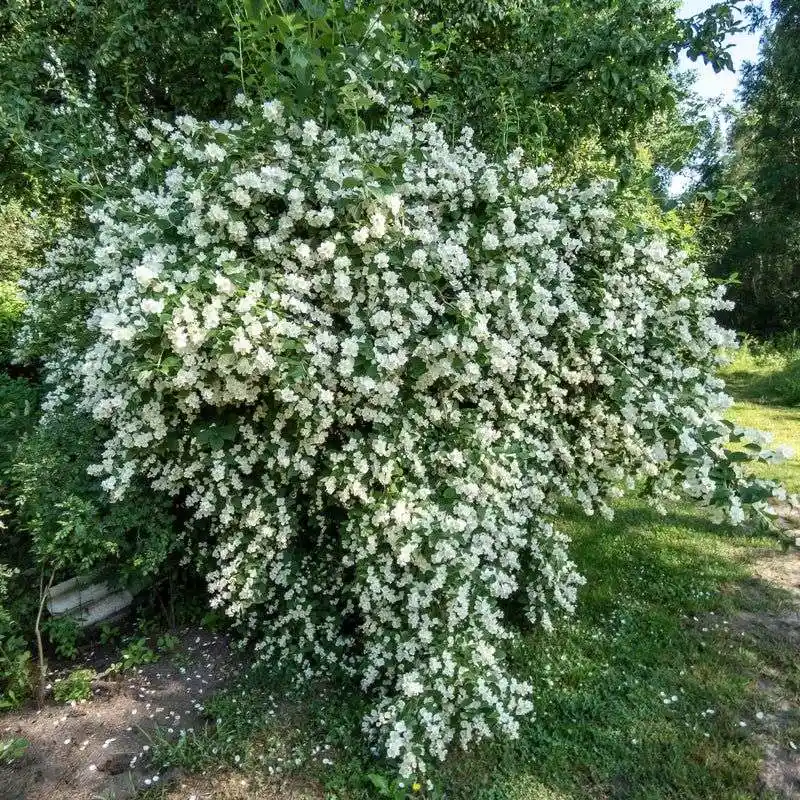
The mock orange shrub is a delightful addition to any garden, known for its citrus-like fragrance that can evoke memories of fresh summer days. Its white blossoms are not only pleasing to the eye but also play a role in absorbing harmful isotopes from the soil.
This resilient shrub thrives in various climates and its lush green foliage provides a perfect contrast to its bright flowers. Easy to care for, the mock orange is ideal for those who want a low-maintenance garden.
Whether planted as a standalone feature or as part of a flowering hedge, mock orange shrubs contribute to both aesthetic appeal and environmental health.
Forsythia
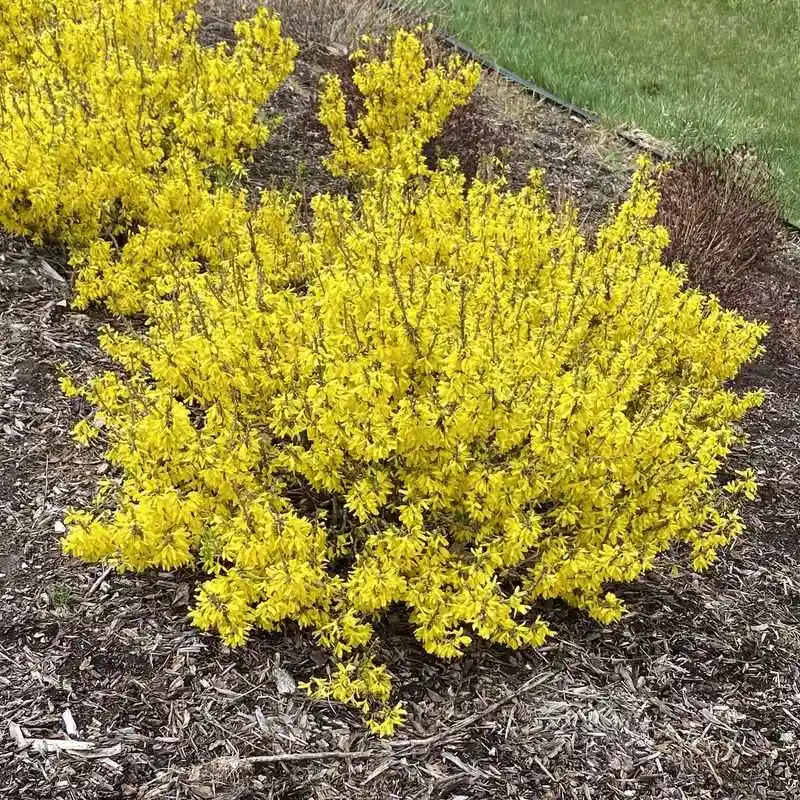
Bursting with a sunny disposition, the forsythia shrub is like a splash of sunshine in your garden. These vibrant, yellow flowers bloom early in the spring, offering a glimpse of the warmer days ahead while helping to cleanse the soil of unwanted isotopes.
Forsythia is known for its vigorous growth and is often used to create stunning hedges or standalone features. It’s a wonderful choice for those looking to add early-season color to their landscape.
Planting forsythia not only brightens your garden but also supports environmental clean-up efforts, making it a win-win choice for eco-conscious gardeners.
Sunset Sagebrush
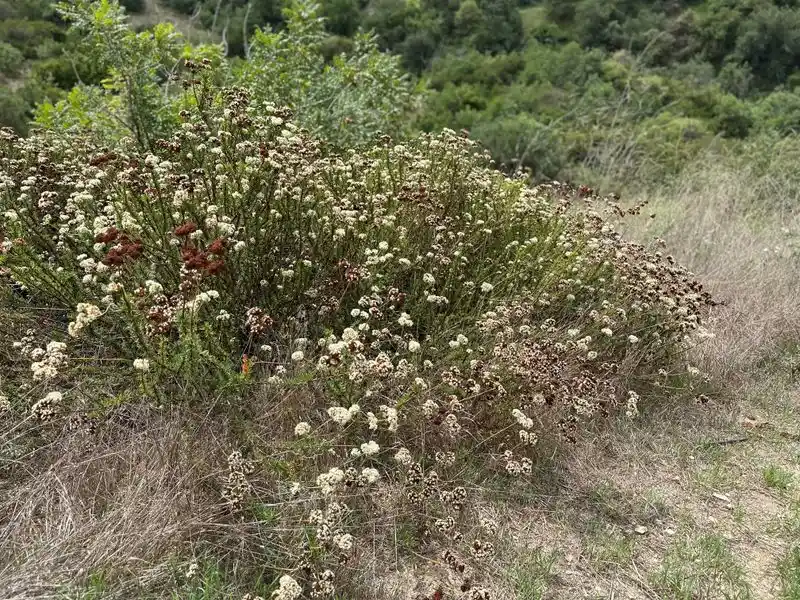
Sunset Sagebrush, with its golden-orange blossoms, paints a picture of warmth against the arid backdrop of a desert. This resilient shrub not only beautifies harsh landscapes but also actively absorbs radioactive isotopes from the soil.
Its robust nature allows it to thrive where few others can, providing both visual delight and environmental healing.
Gardeners and environmentalists admire the Sunset Sagebrush for its dual role in beautifying and detoxifying landscapes, making it a versatile choice for restoration projects in challenging areas.
Fuchsia Fantasy Fern
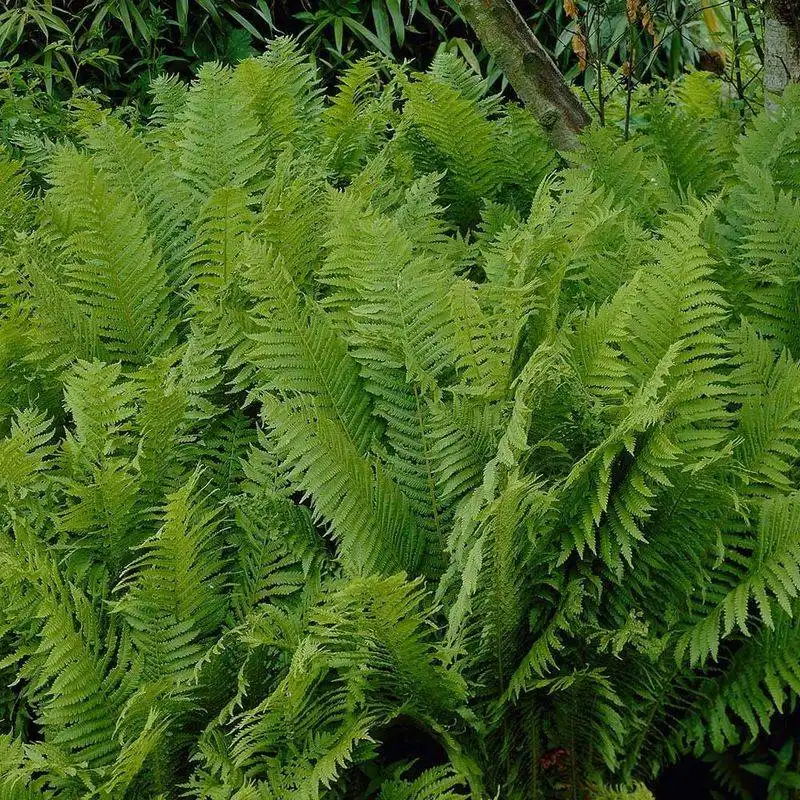
Venture into a mystical realm with the Fuchsia Fantasy Fern, a shrub that enchants with its vibrant pink and purple fronds. Beyond its dazzling appearance, this fern has a hidden talent for absorbing radioactive isotopes from the soil, contributing to environmental healing.
Its ethereal beauty brings a touch of magic to any landscape, captivating all who encounter it.
Gardeners and ecologists alike favor this fern for its aesthetic appeal and its role in promoting a cleaner, safer environment. The Fuchsia Fantasy Fern is truly a treasure among flora.
Purple Lilac

Imagine walking through a garden filled with the sweet fragrance of purple lilacs. These enchanting shrubs are not just a treat for the senses; they also possess a unique ability to absorb radioactive isotopes from the soil.
With their aromatic blooms and heart-shaped leaves, purple lilacs add a touch of romance to any garden setting. These hardy plants are easy to grow and require little maintenance, making them a favorite among gardeners.
Adding purple lilacs to your garden not only enhances its beauty but also contributes to a healthier environment. Consider planting them in areas where soil quality needs improvement.
Caryopteris Bluebeard
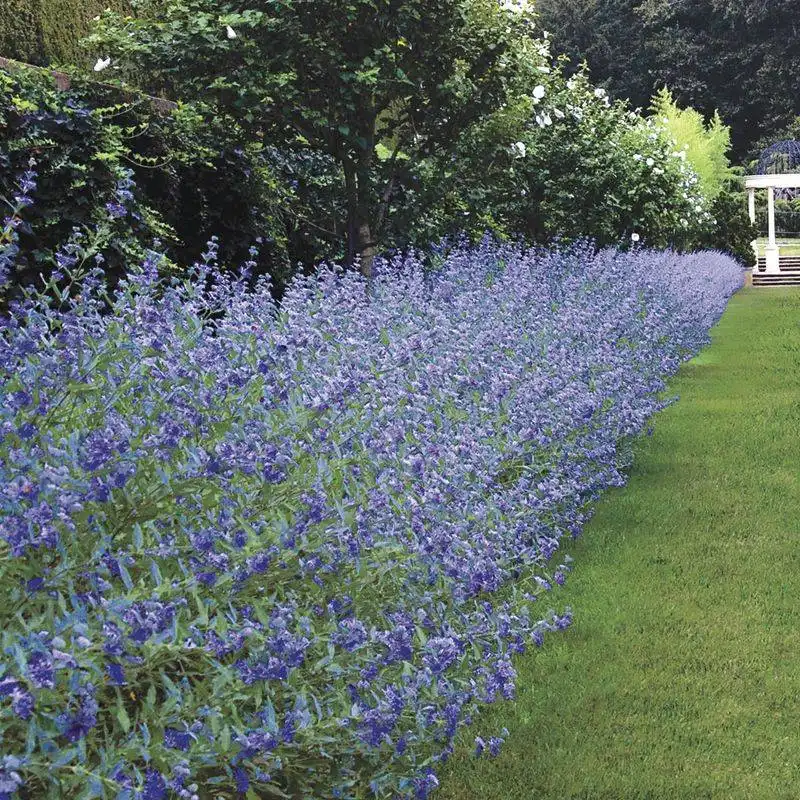
Caryopteris, often called Bluebeard, is known for its striking blue blossoms that attract pollinators and human admirers alike. This shrub’s charm extends beyond aesthetics as it contributes to soil decontamination efforts.
Bluebeard’s roots excel at drawing up heavy metals and radioactive particles, making it a valuable ally in phytoremediation. Its drought tolerance and ability to thrive in less-than-ideal soil conditions make it a resilient choice for environmental rehabilitation.
With its bold color and environmental benefits, Caryopteris brings a touch of elegance and purpose to any landscape, encouraging a harmonious blend of beauty and ecological responsibility.
Hibiscus Syriacus

Hibiscus syriacus, commonly known as Rose of Sharon, adds a tropical vibe with its lush flowers and is an unsung hero in radioactive cleanup. Its large blooms capture attention, but it’s the plant’s root system that works wonders beneath the surface.
This shrub excels at absorbing pollutants, including radioactive isotopes, from the soil, making it a crucial player in phytoremediation. Its ability to adapt to various climates and soil types enhances its effectiveness and appeal.
With its vivacious blooms and environmental prowess, Hibiscus syriacus invites gardeners to enjoy its beauty while contributing to a cleaner, safer world.
Evergreen Holly Ilex

Evergreen holly is not just a festive decoration; it’s a warrior against soil contamination. Its glossy leaves and bright red berries make it a visually appealing addition to any garden, while its roots work tirelessly beneath the surface.
This shrub is particularly effective in stabilizing the soil, helping to prevent the spread of contaminants and absorbing radioactive isotopes. Its robust nature allows it to withstand harsh conditions, making it a reliable choice for remediation projects.
With its year-round greenery, evergreen holly offers constant protection and beauty, symbolizing hope and renewal in landscapes affected by pollution.
Velvet Violet Vetch
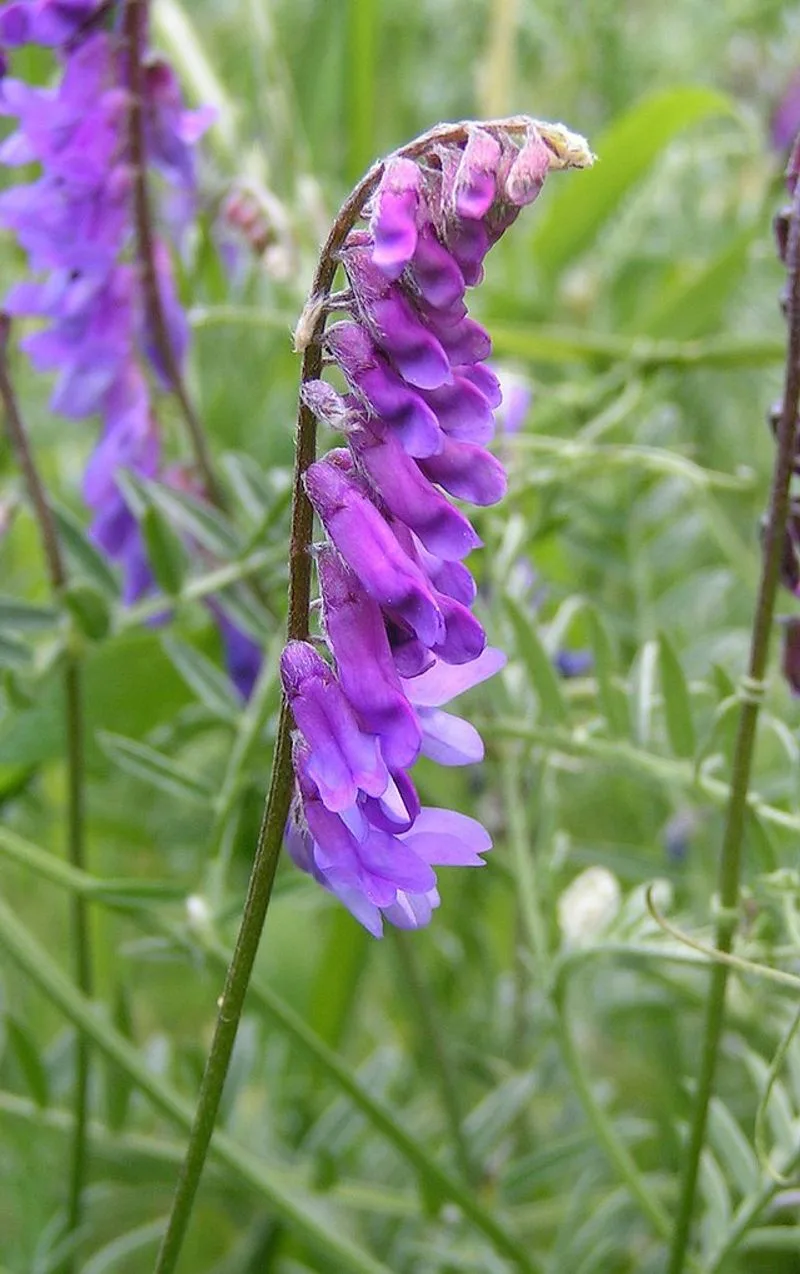
In a field of wildflowers, the Velvet Violet Vetch stands out with its velvety purple blooms that dance gracefully in the breeze. This shrub is not just a visual delight; it’s adept at absorbing radioactive isotopes, aiding in soil purification.
Its tender blooms and delicate fragrance make it a favorite among those who seek beauty combined with ecological benefits.
Botanists and gardeners cherish the Velvet Violet Vetch for its ability to transform landscapes while contributing to environmental health, offering a lovely and functional addition to any garden seeking renewal and restoration.

